/d74bcc9e-fb90-4710-9014-cffee55a8810_1.png)
Abstract
Review Rating Score
The abstract is commonly used in academia to comprehensively summarize the aims and outcomes of a research paper for the reader to understand what the paper is about. It should include enough detail for the reader to ascertain the nature of the topic, the strategy being investigated, research method and design, and the significance of the major findings, and conclusions reached. It is often documented when writing a thesis, dissertation, review, or submitting an academic journal article. The abstract appears at the beginning of a report but is written at the end.
What are the types of abstracts?
- Descriptive or Indicative Abstracts - only describe the data and primary research components contained in the document including objective, scope of work and the methodology used. It explains the type of research and what the document is about but does not offer definitive conclusions.
- Informative Abstracts - These are usually longer and describe not only the purpose of the paper, but also the main conclusions and contents.
- Critical or Evaluative - An evaluative summary of the contents of the paper, usually describing the strengths and weaknesses.
How do you write an abstract?
The abstract is a brief synopsis of the entire research and they can vary in length, typically one or two well-developed paragraphs no more than 250 words. An abstract should include the following:
- Purpose – The overall objective of the study and the research problem being investigated. This should highlight why the work is important, the problem it is attempting to solve, and the rationale for the research.
- Methods – The basic methods of the study including how the author went about the project, design, data collection and testing used.
- Results – Key findings found as a result of the analysis. The author should highlight any new findings that contradict previous theories.
- Conclusion – A short summary of the interpretations and implications of the findings.
By incorporating these elements, you can be sure of a good start. This Abstract template is ready-made, printable and customizable, which makes it easy to create your own look and feel, regardless of what industry you’re in. Just download this Abstract template in Google Docs, MS Word format and you are ready to go!
Is the template content above helpful?
Thanks for letting us know!
Reviews
Lorelei Santos(5/11/2022) - NZL
Thank you!!
Last modified
Our Latest Blog
- The Importance of Vehicle Inspections in Rent-to-Own Car Agreements
- Setting Up Your E-mail Marketing for Your Business: The Blueprint to Skyrocketing Engagement and Sales
- The Power of Document Templates: Enhancing Efficiency and Streamlining Workflows
- Writing a Great Resume: Tips from a Professional Resume Writer
Template Tags
Need help?
We are standing by to assist you. Please keep in mind we are not licensed attorneys and cannot address any legal related questions.
-
Chat
Online - Email
Send a message
You May Also Like
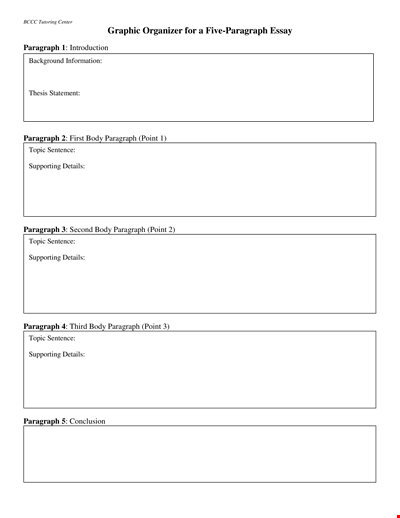
Five Paragraph Essay Graphic Organizer - July | Paragraph, Point, Topic Sentence
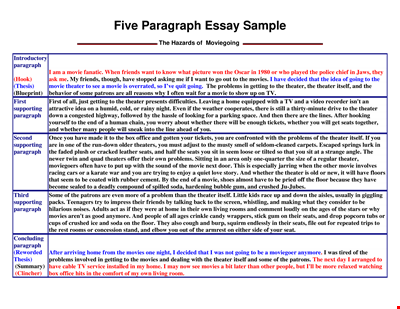
Sample Paragraph Informative Essay - Writing Paragraphs with Specific Topic Sentences
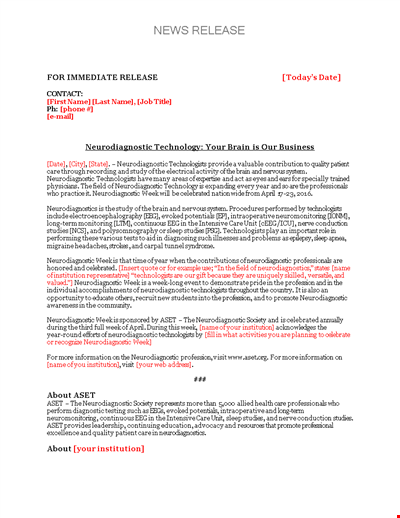
Create Professional Press Releases with our Template

Research Paper Template

Parent Mom Custody Agreement Template
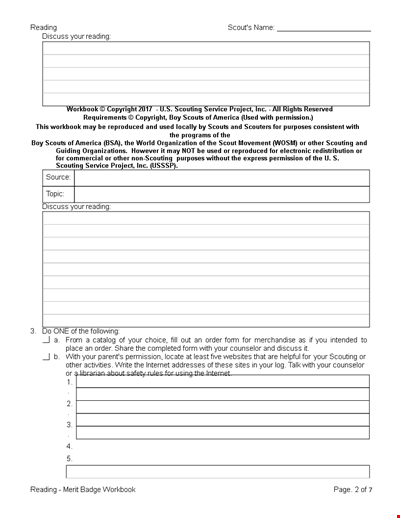
Reading Workbook Template
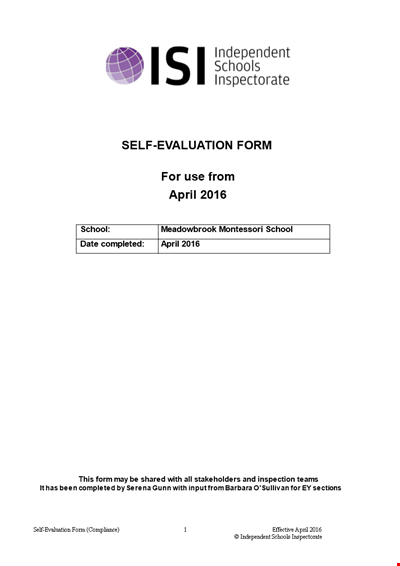
Self Evaluation Examples for School - Writing Standard Paragraphs
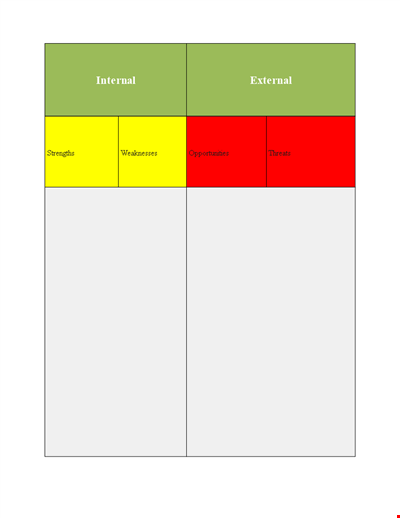
SWOT Analysis Template | Identify Internal Strengths & External Opportunities
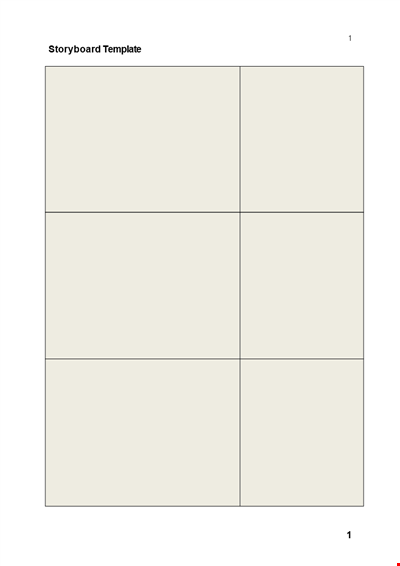
Create a Powerful Visual Narrative with our Story Board Template
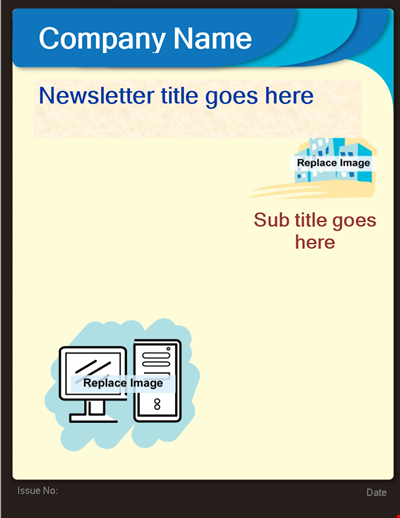
Professional Newsletter Templates - Customize and Send in Minutes
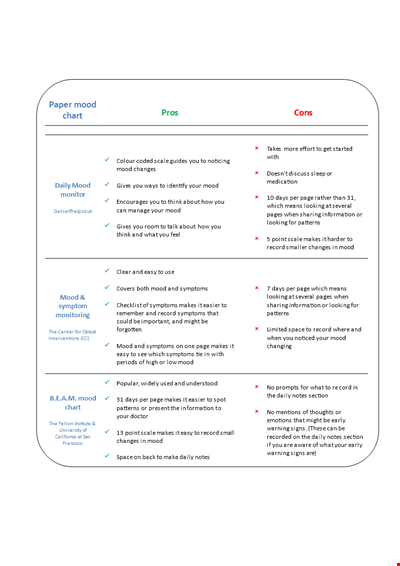
Pros and Cons of Using Our Document Templates - Get the Best Templates for Your Needs

Professionally Designed Letterhead Templates | Free Download
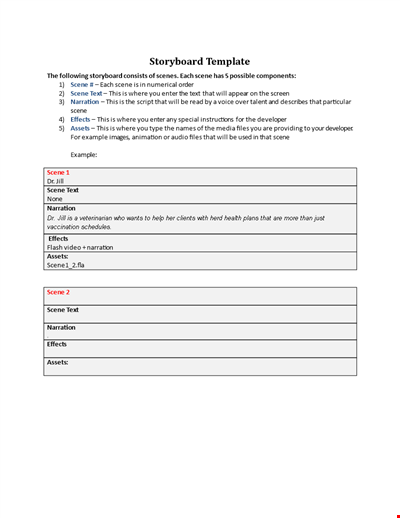
Create Compelling Narratives with Effective Scene and Storyboard Effects
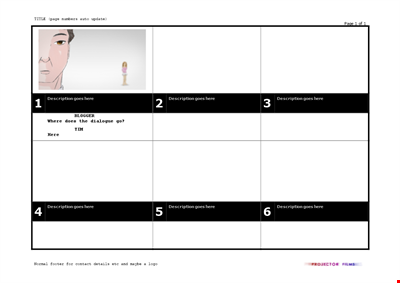
Create a Stunning Story Board and Description | Tips for Bloggers
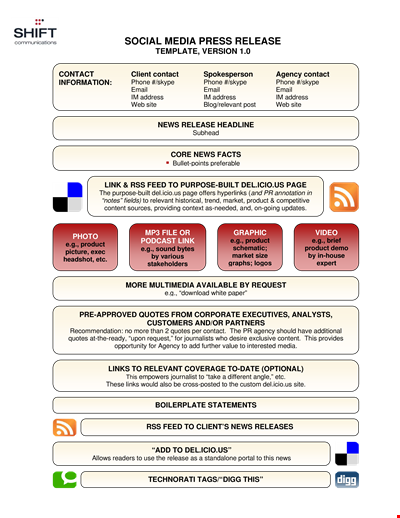
Effective Press Release Template | Improve Your PR Strategy | Contact Us
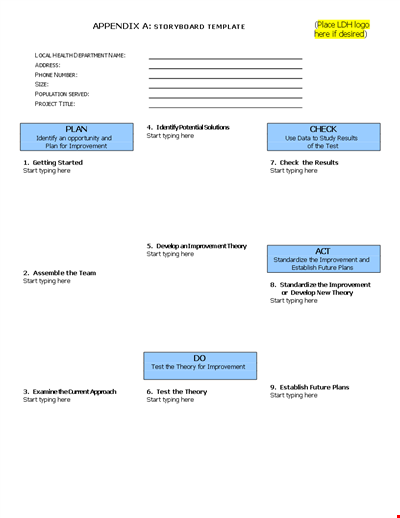
Enhance Your Typing Skills with Story Board - Start Improving Today!